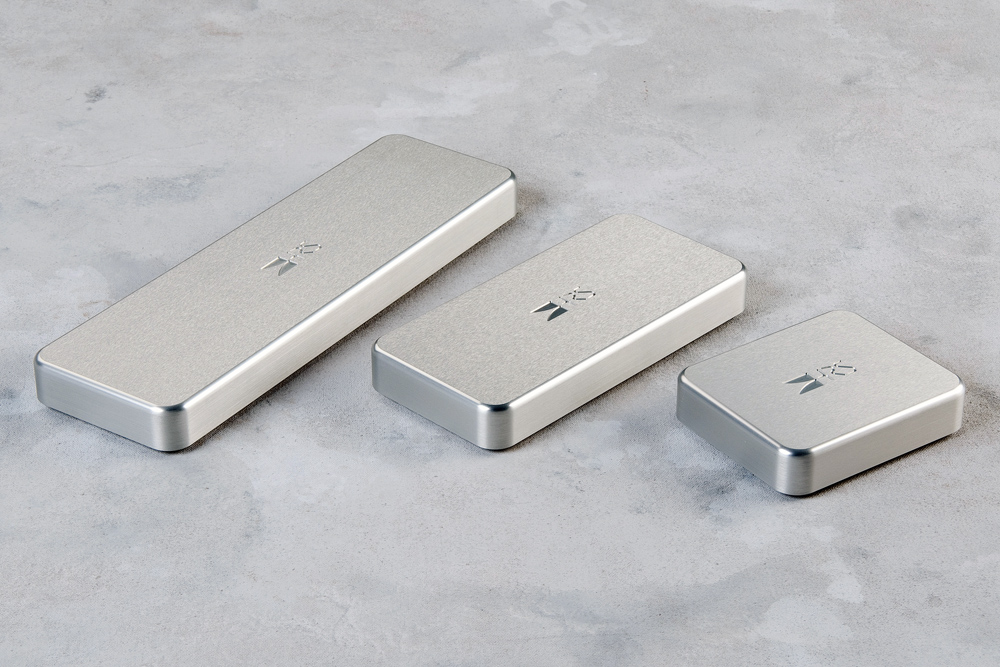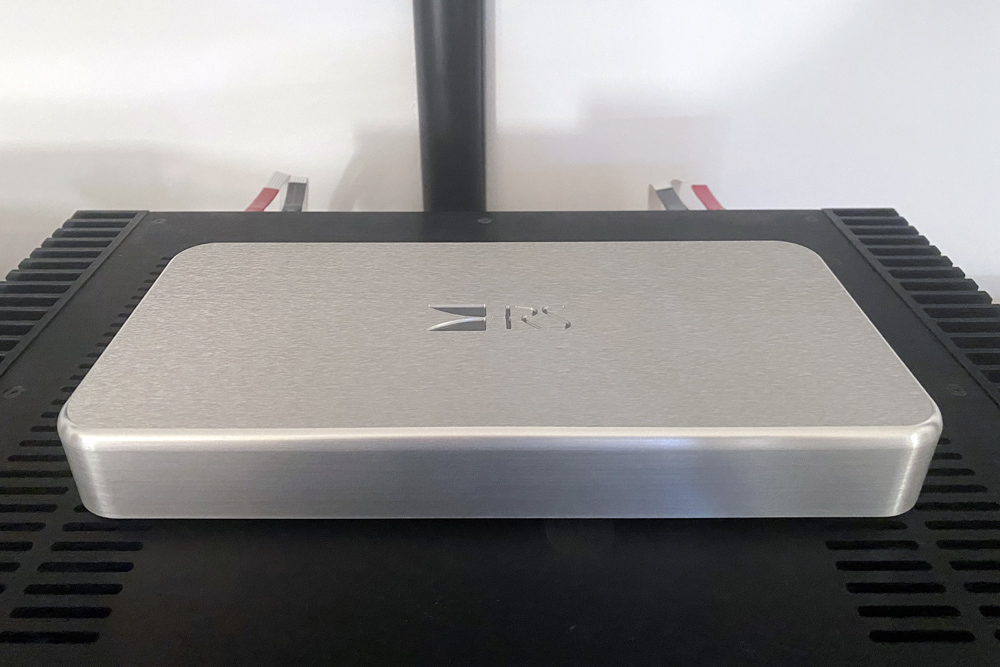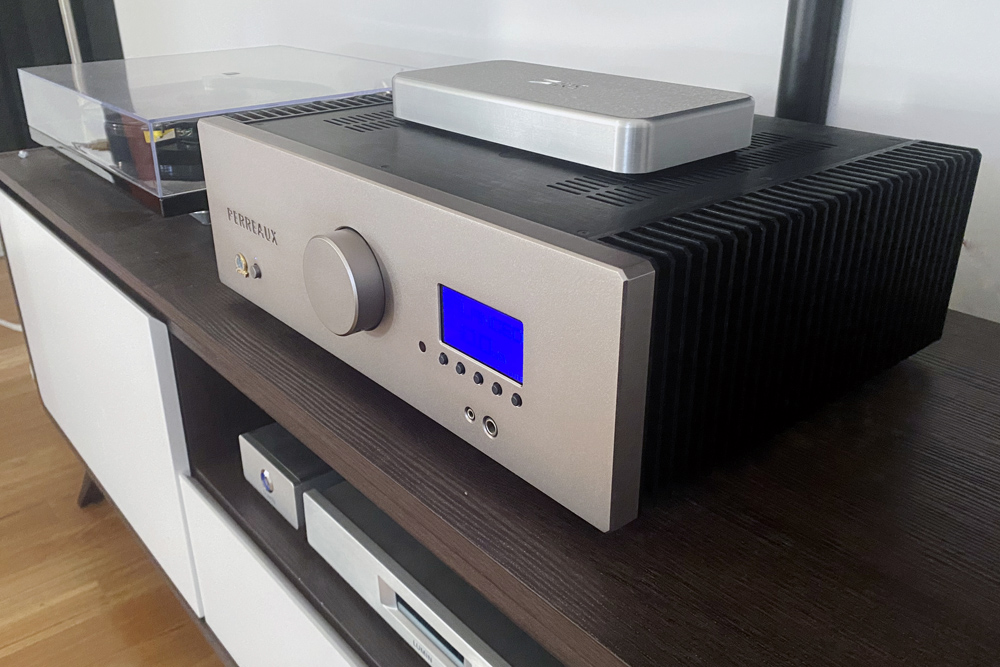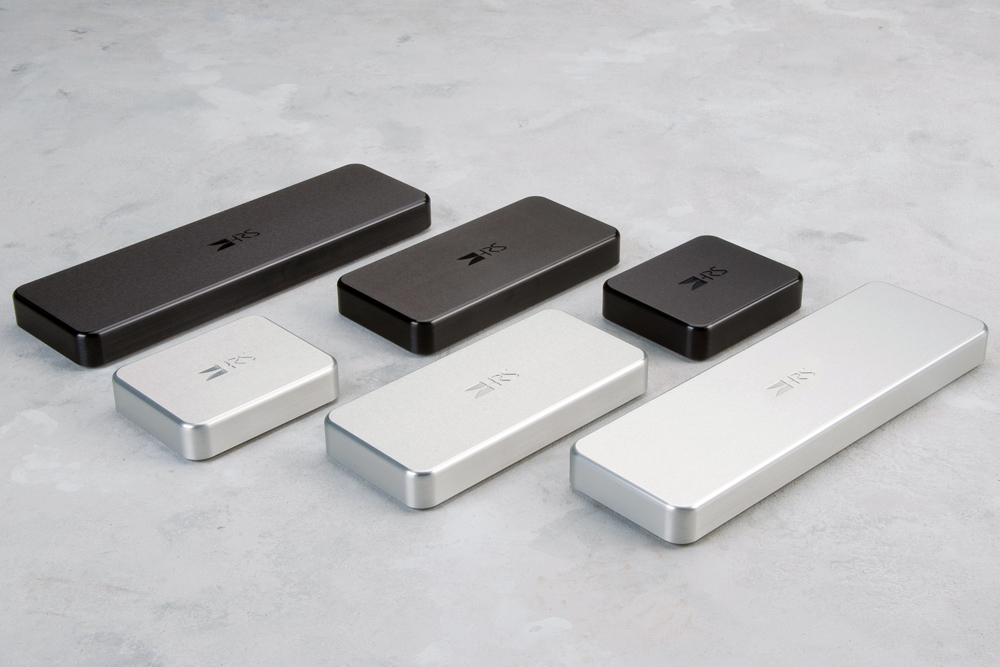I have to admit I was a little sceptical about reviewing the HRS Damping Plates. I figured that, like a lot of tweaks, there’s often not a great deal of science to support the claimed benefits. In addition to that, I’ve often thought that advocates of such tweaks tend to hear differences mainly because they want to hear differences. Since I was pretty much indifferent rather than wanting to or expecting to hear an improvement, I explained to a friend that this might be the first review assignment I’d refrain from engaging in… Better to say nothing than to say something negative right? With that in mind I figured that rather than research the product, the company, the engineering philosophies (if any), I would first conduct my listening tests and remain as free from influence as possible so, despite a desire to delve deeper, I exercised self-restraint. Which means that despite the next few paragraphs, you should know that the actual listening tests were conducted first!
Delving Deeper
Harmonic Resolution Systems (HRS) is a business that produces a range of support and isolation devices from component racks and isolation feet to damping plates. The racks in particular looked to be very well designed, exquisitely constructed and very flexible in terms of accommodating system growth over time. I’m mystified how I never became aware of HRS over the past few years when searching for and ultimately investing in several such components.

HRS states that the damping plates are designed to eliminate component chassis noise and are effective on both electronic components and speakers. They are precision manufactured from billet-machined aircraft aluminium and proprietary HRS polymers. Apparently, the specific amount of mass, stiffness and damping from these products eliminates chassis resonance problems and transforms residual chassis energy to heat. Much to my surprise I learned that there was, in fact, some real science and application thereof in the form of Finite Element Analysis, coupled with listening tests that support the meticulous construction, and that there was a deliberate focus on cost efficiency. I would highly recommend readers to visit the HRS’ website which is an invaluable source of information on complimentary products, the design principles and philosophies.
When To Put a Damper On…
At a little over 2kg and measuring 4.1cm x 11.4cm x 3.3cm the DPX-09545 feels substantial. I had the silver finish for audition but there is also a black version. Both are exquisitely machined so they are sure to compliment a wide variety of electronic components.
I could imagine the influence of the HRS being situational and/or equipment specific i.e., having more benefit on equipment where less attention has been paid to microphonics and where construction is more prone to the effect of externally applied resonance. The situational influence would be impacted by listening levels and could include sympathetic resonance from specific frequencies, airborne vibrations from nearby speakers, standing waves, nearby cabinets/cavities all adding to the overall acoustic energy within the room.

I surmised that the application of damping on equipment to control resonance effects might produce benefits similar to that provided by equipment racks and isolation feet. I can understand how mechanical components like turntables benefit but exactly how this acoustic energy and resonance affects electronic components remains somewhat of a mystery to me.
Science sometimes affords us the ability to observe what mathematics and physics suggests may be true and, in home audio, we are fortunate to be able to do just that…
I placed the DPX Damping Plate on the top of my Perreaux e250i integrated amplifier and queued up Terry Callier’s “Lazarus Man” from his album TimePeace which I selected because of its deep and well sustained lower bass notes. Over the years, I noted this track has caused various devices and nearby furniture to resonate in sympathy. My first test was at a reasonable listening level of around 80dB for music and peaking at 89dB on the more powerful bass notes. First impressions were that there was a very slight increase in the intensity of higher frequencies. For example, the guitar seemed ever so slightly crisper, cymbals shimmered a little more obviously and the overall presentation was a little ‘airier’.

I swapped back and forth a total of six times on this track to confirm my impressions. I noted that A/B comparisons do take considerable effort in order to not be unduly influenced by the tendency to hear additional details within the music on the second or third listen in quick succession. Throughout the test I zeroed in on the first 90 seconds of the track trying to minimise the amount of time over which my auditory system had to commit to short term memory the relevant sensations and to allow concentration on the specific points of potential difference.
The second test was taken at a higher volume level which I believed was more likely to introduce equipment/component resonance. This time, the music measured at 88dB and the more powerful bass notes at 97dB. On this test, I felt the difference was more tangible.
Next, I decided to try the DPX Damping Plate on my Lumin T1 streamer. The T1, although a well-made and sleek looking piece of gear, is quite lightweight and is furnished with a brushed aluminium case which tends to resonate when tapped. This time I used “Living Proof” by The War on Drugs from their album I Don’t Live Here Anymore. Discerning the difference in this scenario was not as easy… With the DPX Damping Plate in place my initial impression was that there was a very slight increase in the overall focus. After a minute or so, my sense was that the additional focus was accompanied by some flattening of the soundstage.

Reverting to my usual set up without the DPX Damping Plate in situ however, left me feeling much the same. Was I imagining the differences? I tried again several times, repeating the A-B comparison and became less and less convinced of any tangible differences. I could only surmise that perhaps the benefit was more audible with certain electronic components or combinations of components – or perhaps the internal isolation of components was already providing the appropriate benefit? It was a little counter intuitive, as I had originally expected the effect to be more prevalent on the Lumin than the Perreaux by virtue of the solidity of materials and overall heft, but this had proved not to the be the case.
Conclusion
The order of magnitude of difference the DPX Damping Plate makes is tricky to estimate as there are so many factors that come into play. There’s little doubt that the DPX-09545 will alter the resonant frequency of equipment on which it is placed but exactly how this translates into a consistent audible improvement is more difficult to explain. The differences I heard were not huge – in the same order of magnitude as the differences of a quality isolation platform or equipment rack. As is often the rule with system building and component matching the best advice is to try before you buy and preferably within your actual listening environment.
Considering the first-class build quality, the DPX-09545 is a relatively inexpensive upgrade and certainly far less expensive than upgrading a typical mid- to high-end component. Ironically, the components that could benefit the most may well be among the least expensive...
… Barry Jones
www.soundstageaustralia.com
Associated Equipment:
- Speakers — Sonus faber Amati Homage
- Amplifier — Perreaux e250i 40th Anniversary Edition integrated amplifier
- Sources — Digital: Lumin T1, Oppo BDP-105D Analogue: Rega RP6 turntable, Rega Exact-2 cartridge, Rega Aria phono stage & Rega Couple interconnects
- Processor — DEQX HDP-5
- DAC/Headphone Amplifier — Chord Mojo DAC
- Headphones — AudioQuest Nighthawk
- Cables — Nordost White Lightning, Kimber Cable Timbre balanced and Van den Hul D-300III unbalanced interconnects, Atlas Compass Digital Coaxial Audio Cable, QED Performance Graphite USB
- Miscellaneous — Isotek Sirius Power Conditioner, 8 x Auralex SA8600 bass traps in front wall corners, 12 x Sound Acoustics MP700-40 ceiling acoustic panels
Harmonic Resolution Systems (HRS) DPX-09545 Damping Plate
Price: AU$420
Warranty: Five Years
Australian Distributor: Advance Audio Australia
+61 2 9561 0799
www.advanceaudio.com.au
Harmonic Resolution Systems
2495 Main Street, Suite 227
Buffalo, New York 14214
United States of America
1 (716) 873-1437
www.avisolation.com











